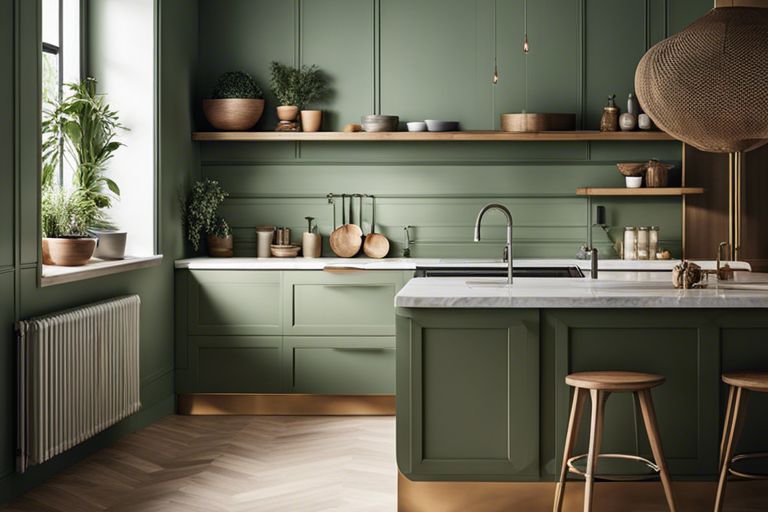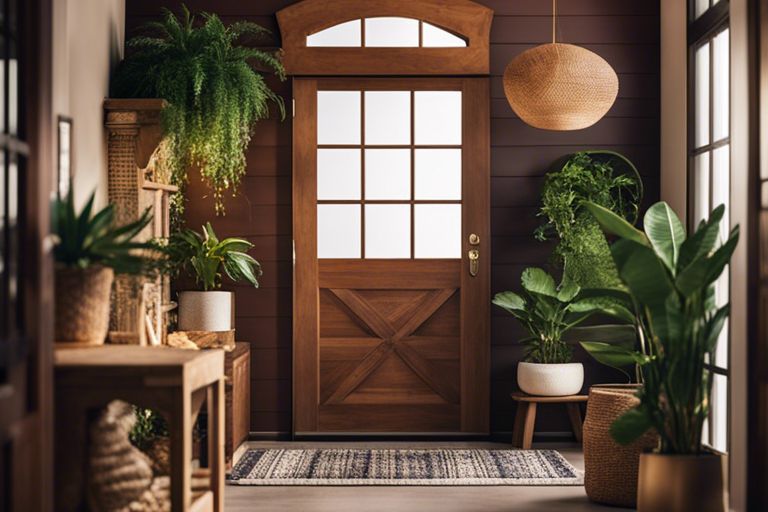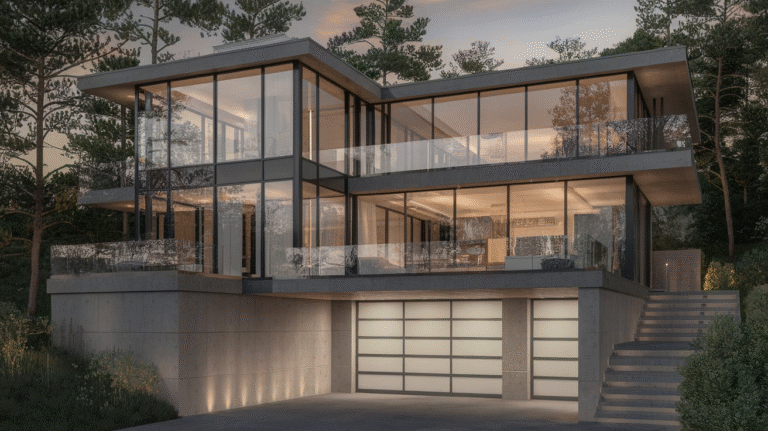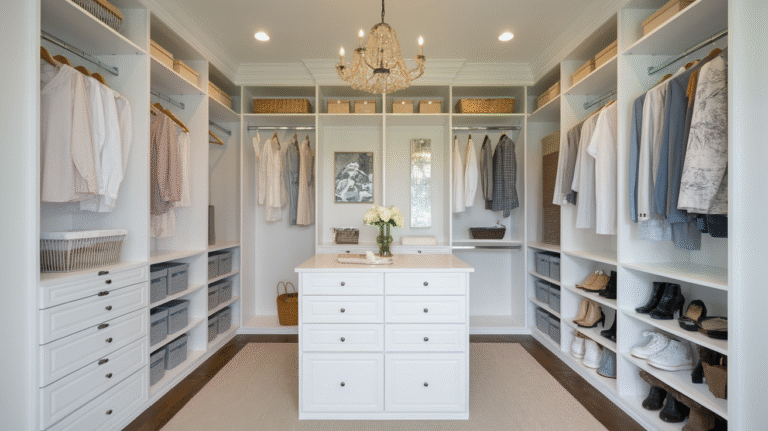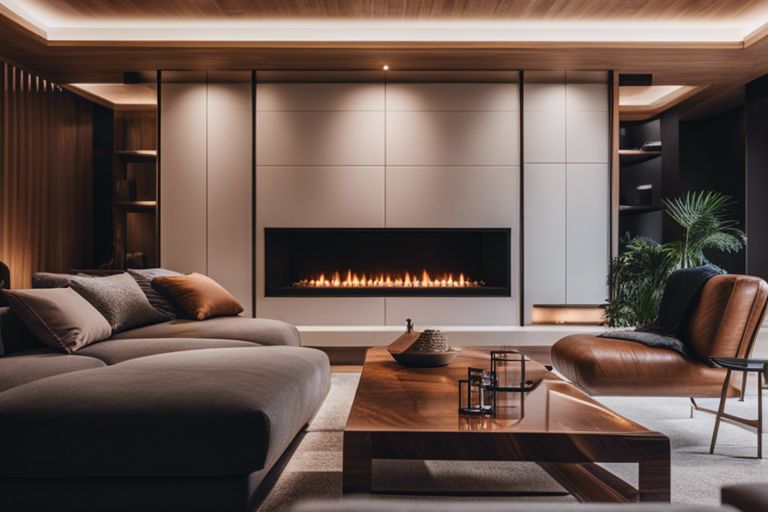21 Best Forest House Ideas: Inspiration for Your Dream Home in the Woods

Forest Living: More Than a Daydream
When you think of a forest house, your mind might paint a picture of a moss-covered cottage, birds chirping as sunlight filters through pine needles.
That’s not a fantasy—it’s a lifestyle more people are choosing every year.
With urban burnout, rising property costs in cities, and a growing desire for sustainable, off-grid living, the forest home is becoming a real alternative to the picket-fenced suburb dream.
A study by Zillow revealed that searches for “cabin homes” rose by 87% in the past three years, and forest house blueprints are among the most downloaded residential plans on architecture websites.
So let’s walk through the trees together as I share 21 of the most captivating, creative, and clever forest house ideas to help you imagine—and eventually build—your dream woodland retreat.
1. The Glass Cabin: Let Nature Be the Wallpaper
You don’t need paint when the entire forest is your backdrop.
Glass forest homes, with floor-to-ceiling windows, offer panoramic views that make even your morning coffee feel like a cinematic experience.
Imagine watching a thunderstorm roll through without getting wet.
The key here is smart placement: orient your glass walls to maximize sunrise and sunset, and use double or triple-glazed panels to insulate against the cold.
Pro tip: Use shading eaves and smart blinds to control glare and keep indoor temperatures comfortable.
2. Treehouse Retreats for Grown-Ups
Forget childhood memories of rickety planks nailed to a maple. Today’s modern treehouses are architectural marvels suspended among the branches. From floating decks to zip-line access, they offer all the whimsy of your youth with the creature comforts of adulthood.
Many are now designed with steel cables and eco-friendly stilts, minimizing root disruption. And thanks to prefab kits, building one is easier (and safer) than ever.
3. Off-Grid and Glorious: Solar-Powered Sanctuaries
If your dream includes disconnecting from the grid, forest homes are your ticket to freedom. Think solar panels on your mossy roof, a composting toilet, and rainwater catchment barrels.
Off-grid homes are more than eco-havens—they’re cost-saving machines. Over 10 years, off-grid homeowners can save $40,000 to $100,000, depending on their setup.
And no, off-grid doesn’t mean off-comfort. Use solar batteries, propane stoves, and even Wi-Fi extenders to bring the modern world to your woodland doorstep—if you want to.
4. The Hobbit House: Earth-Sheltered Serenity
Inspired by Tolkien but backed by engineering, earth-sheltered homes (aka Hobbit Houses) are built into hillsides or covered in soil. Their natural insulation keeps interiors cool in summer and warm in winter.
These homes are virtually invisible from above, reducing visual pollution and blending harmoniously with the terrain.
Fun fact: Earth-sheltered homes can use up to 80% less energy than conventional homes for heating and cooling.
5. A-Frame Charm: Classic, Cozy, Timeless
A-frame homes are the darlings of forest architecture for good reason. Their steep roofs shed snow effortlessly, and their triangular design is both aesthetic and efficient.
Inside, you’ll find loft bedrooms, wood-burning stoves, and soaring ceilings that make small footprints feel spacious.
I once stayed in an A-frame in Vermont where the smell of cedar lingered on everything I packed. It’s that kind of memory that seals the deal.
6. Modular Forest Homes: Easy In, Easy Out
Don’t want to build from scratch in the middle of nowhere? Modular homes are delivered in parts and assembled on-site, often within weeks. They’re ideal for remote forest plots with limited access.
Modern modulars come with solar integration, water filtration, and smart home systems built-in. Plus, because they’re precision-made, waste is minimal—a big win for the planet.
7. Stone and Timber Lodges: Heirloom Homes
Think stone chimneys, exposed beams, and deep verandas. These are homes that feel like they’ve stood for centuries and will stand for centuries more. A well-built timber lodge is not just a home—it’s a legacy.
Use locally sourced wood and stone to reduce environmental impact and enhance authenticity. And don’t forget the wraparound porch for rainy-day reading or wildlife watching.
8. Floating Forest Cabins: Over the Creek and Through the Woods
Have a stream or small lake on your forest land? Why not build a floating cabin? These homes are anchored to the shore but sit on pontoons or floating platforms, allowing them to rise and fall with the water.
You’ll wake to misty sunrises over the water and fall asleep to the sounds of frogs and crickets. Floating cabins also reduce land impact—a great choice for eco-conscious dwellers.
9. Vertical Living: Tower Cabins with Tree Canopy Views
Instead of building wide, build up. Vertical cabins offer a unique way to live among the treetops, with each level offering a different view. The ground floor might be for gear storage and mud boots; the top floor, your cozy bedroom in the canopy.
These designs take advantage of small plots and offer 360-degree forest immersion without a massive footprint.
10. Glass Domes in the Wild: Stargazers’ Paradise
Want to fall asleep under the stars without bugs crawling up your nose? Geodesic domes made of clear polycarbonate or glass offer futuristic form and function.
They’re easy to heat, structurally sound, and wildly romantic. Just be sure to place them in a clearing for maximum night sky visibility.
11. Tiny Homes, Big Forest Dreams
Don’t underestimate the magic of a tiny forest home. At under 400 square feet, these micro-cabins pack everything you need and nothing you don’t. Plus, they’re easier to heat, clean, and afford.
Many states now have relaxed zoning rules for tiny homes, and some forest regions even have off-grid communities forming around this trend.
I met a couple in Oregon who live in a 300-square-foot cedar tiny home, complete with a wood stove, solar panels, and a composting toilet. They told me, “It’s like camping with plumbing.”
12. Forest Homes with Green Roofs
Green roofs aren’t just for city buildings. In forest homes, they blend the house into the landscape, regulate indoor temperatures, and provide habitats for birds and insects.
Use native moss, grasses, or even wildflowers to make your roof a living part of the forest. Just ensure proper waterproofing and drainage to avoid leaks.
13. Shipping Container Forest Homes
Yes, you can live in a shipping container in the woods—and love it. Container homes are strong, portable, and surprisingly stylish. With good insulation and clever design, they become sleek eco-retreats.
Stack them, cantilever them, or bury part of them into a hillside for added insulation. Bonus: You can often build a container cabin in a few months for under $50,000.
14. The Writer’s Den: Single-Room Forest Cabins
Sometimes all you need is one room to read, write, think, or nap. A one-room forest cabin with a fireplace, desk, and bed can be your personal escape pod.
Add a hammock outside, maybe a small woodpile, and you’ve got a setup Thoreau would envy.
15. The Scandinavian Sanctuary: Hygge in the Trees
Scandinavian forest homes prioritize simplicity, warmth, and nature integration. Think light woods, minimalist furniture, and big windows.
Design around a central fireplace and add layered lighting, soft textiles, and natural elements like birch, wool, and clay.
16. Bunkhouse for the Whole Crew
If your forest home is more of a gathering spot, build a bunkhouse. These long, dormitory-style cabins are great for large families or friend groups. Everyone gets their own bunk, but communal meals and board games bring everyone together.
Just add a big outdoor firepit and you’ve got a recipe for stories and s’mores.
17. Cabins with Outdoor Bathrooms
Why not bathe under the stars? Outdoor showers and tubs are incredibly freeing—and easier to plumb in a remote location. Build a cedar bathhouse or enclose your shower with wood slats for privacy.
Pro tip: Use on-demand propane water heaters for steamy hot water, even off-grid.
18. Japanese-Inspired Forest Homes
Bring a Zen vibe to your forest retreat with Japanese architecture. Use shoji screens, tatami mats, and engawa porches that connect indoors with outdoors.
Japanese forest homes focus on mindful simplicity and seasonal harmony. A cherry blossom tree outside your meditation window is more than just decor—it’s a calendar.
19. Campsite Crossover: Tents with Foundations
Love glamping? Why not build a tent-style home on a wooden platform, complete with electricity, a real bed, and maybe even a small kitchen?
Canvas homes can be fully insulated, wood-stove ready, and last for decades with proper care. They’re also easier to permit in some counties compared to permanent dwellings.
20. Barn-Style Forest Homes with Lofted Living
Barn-inspired forest homes mix rustic charm with massive space. Their open-plan design is ideal for multi-use living: sleeping lofts above, kitchen and lounging below.
Use reclaimed wood, sliding barn doors, and exposed rafters to bring the style full circle.
21. The Passive House in the Pines
Want ultimate energy efficiency? Go Passive House. These are homes so well insulated and airtight they can heat themselves with body warmth and sunlight.
Passive design uses south-facing glass, heat recovery ventilators, and super insulation to slash energy use by 90% compared to standard homes.
It’s not just smart—it’s the future of forest living.
Final Thoughts: Build the Life You Want, One Tree at a Time
Choosing to build a forest home is more than a construction project—it’s a personal revolution. It’s saying yes to birdsong instead of traffic, to seasons instead of schedules, to peace over pixels.
The 21 ideas above aren’t just blueprints; they’re invitations. Whether you dream of a treehouse, an A-frame, or a solar sanctuary, there’s a forest home waiting to be designed by you.

